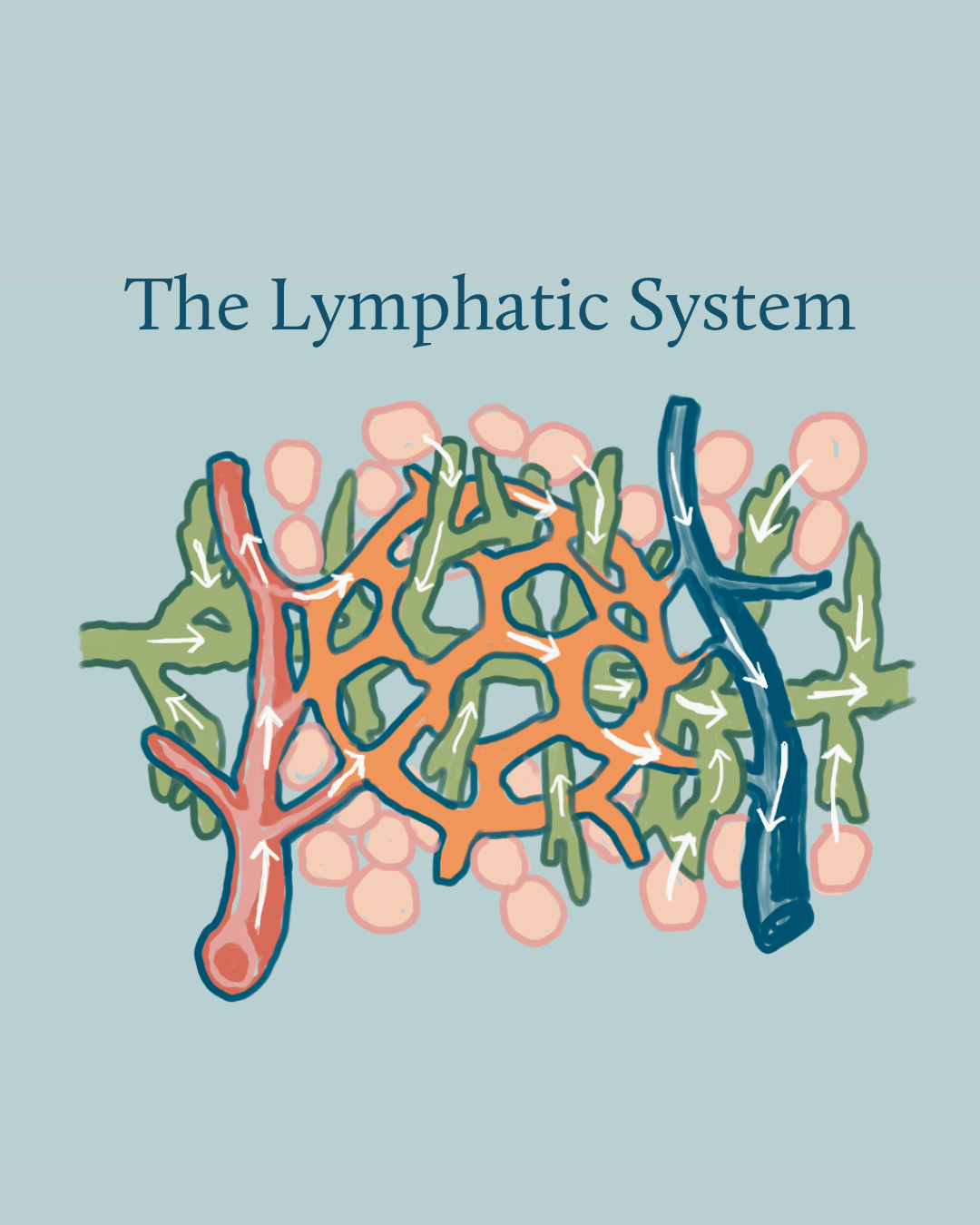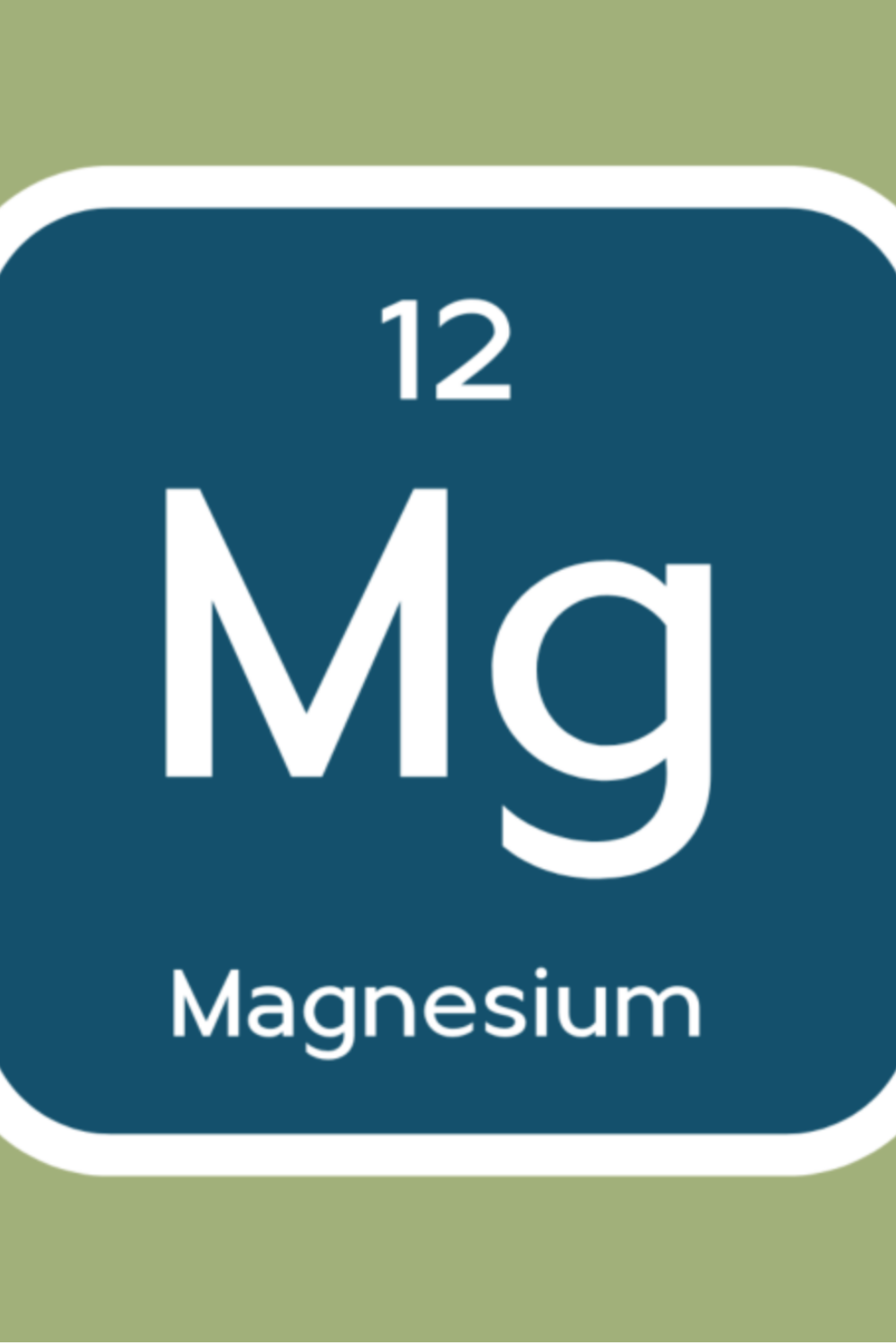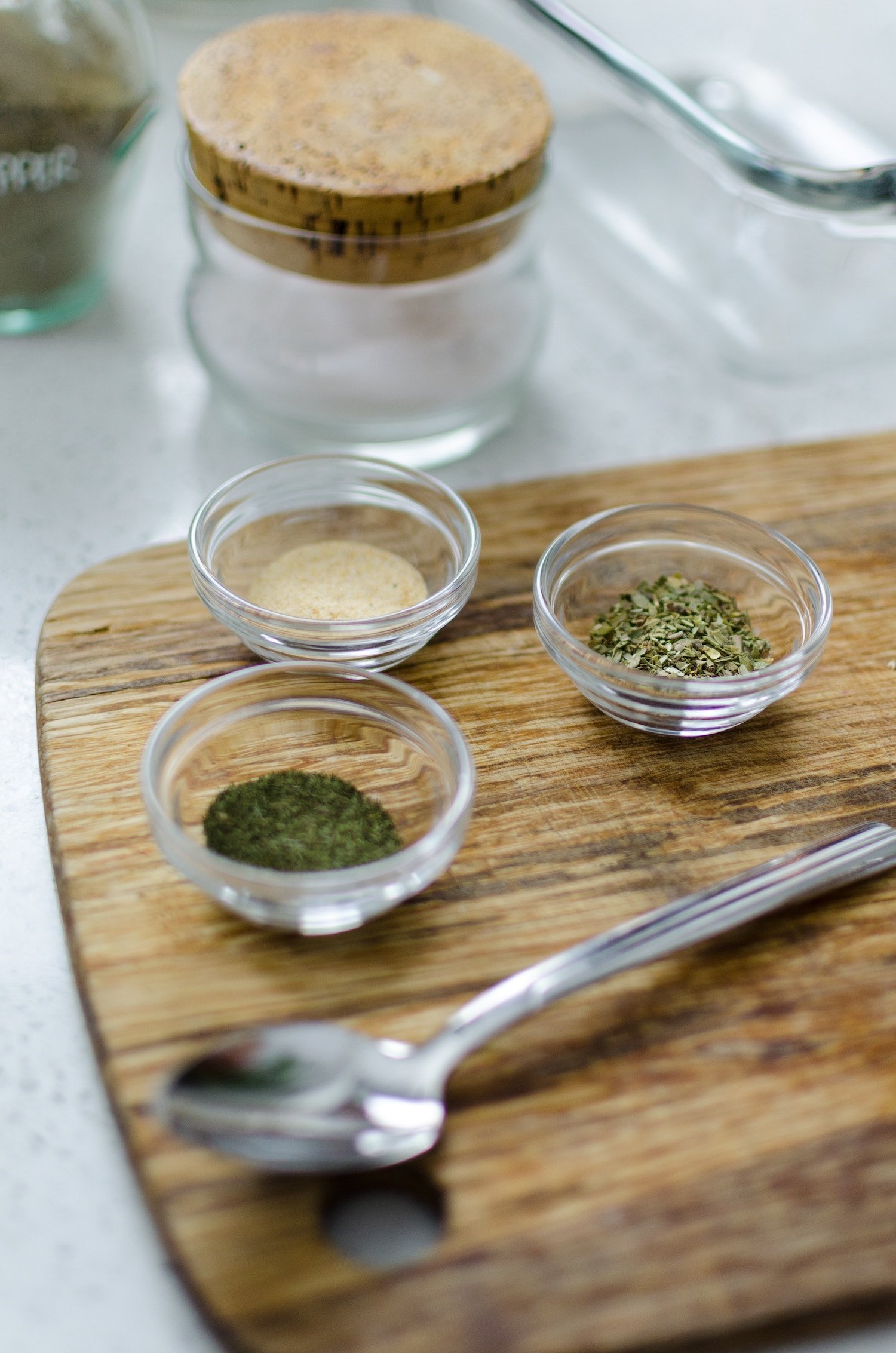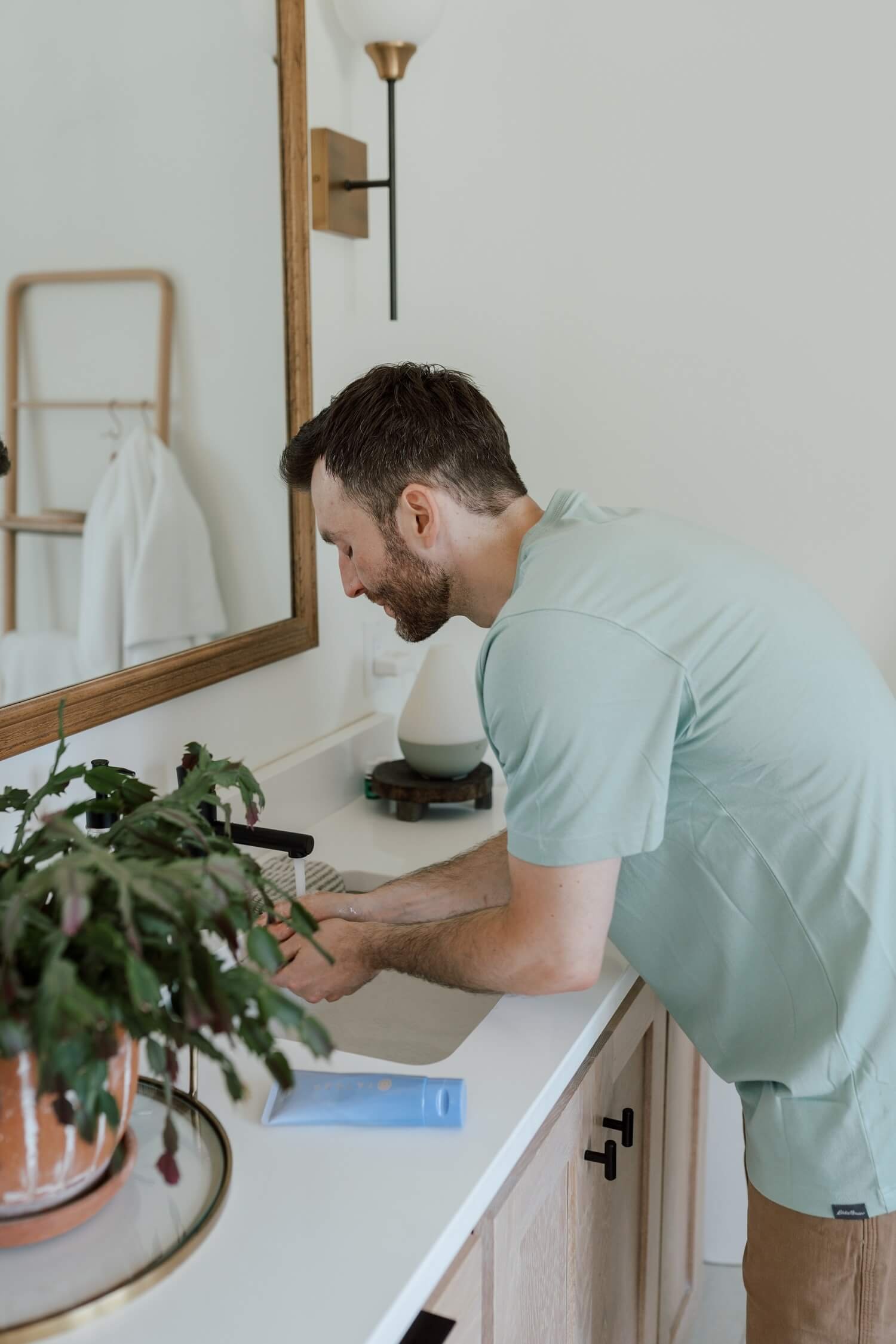Tips to Get Your Lymph Flowing
In our body's intricate drainage pathway systems, the lymphatic network plays a pivotal, yet often overlooked role, tirelessly working to maintain our health and harmony. It is the unsung hero of our immune system, a silent guardian that diligently filters and flushes away the invisible enemies of our well-being. However, when faced with lymphatic congestion, caused by the stealthy accumulation of biofilms, our fortress begins to falter. Lymphatic congestion is a common issue that can cause discomfort, swelling, and inflammation when toxins and waste products accumulate in the body, faster than they can be excreted.
In this blog, we discuss the lymphatic system and its functions and reveal practical strategies to combat congestion and invigorate your lymphatic flow and body’s natural defenses. We’ll explore the synergistic relationship between lymphatic health and overall wellness and uncover the sinister impact of biofilms on the lymphatic system.
The Purpose of the Lymphatic System
So what exactly is the lymphatic system? Why is it so important? It is a network of lymph organs, nodes, collecting ducts, and vessels that help remove waste, toxins, and excess fluids from our tissues, keeping our bodies clean and functioning optimally.
The lymphatic vessels are integrated throughout our body’s tissues. They gather toxins and waste products, transporting them using a clear fluid known as lymph, ultimately carrying them to the organs to be filtered out. This process is an integral part of our immune system and optimal flow is important in helping our bodies to stay healthy and achieve balance in our bodily functions.
The optimal functioning of the lymphatic system is crucial because it serves as one of the body's primary defense mechanisms against disease. It produces, stores, and transports lymphocytes, the white blood cells that fight infections and cancer. The lymphatic system also removes excess fluids and waste products from body tissues, preventing edema (swelling). Additionally, it absorbs and transports fats and fat-soluble vitamins from the digestive system to the bloodstream. Dysfunction in any part of this system can lead to a weakened immune response, buildup of fluids in tissues, poor nutrient absorption, and increased vulnerability to diseases and increased sensitivities.
Lymphatic health is also closely intertwined with the health of our fascia. Check out our blog, “8 Simple Ways to Care for Fascia” to learn how these are related and for some easy tips to incorporate into your self care routine.
A Quick Overview of The Lymph Organs
Below is a more detailed description of some of the key parts of the lymphatic system, along with their unique roles and responsibilities.
Lymphatic System Organs
Primary lymphatic organs responsible for the production of lymphocytes:
Thymus - a gland located in the chest cavity, specifically contains immune cells known as T-cells. T-cells are a type of white blood cell that attack cells in the body that have been infected by viruses, pathogens and cancer. There are different types of T-cells, including cytotoxic T-cells, which can directly kill infected cells, and helper T-cells, which assist in the immune response by activating other immune cells (like mast cells) and producing cytokines. T-cells can also target cancer cells and cells infected with intracellular bacteria or parasites.
Bone Marrow - the substance located inside of your bones containing immune cells. The two primary types of lymphocytes, T-cells and B-cells, originate in the bone marrow. B-cells mature in the bone marrow and then circulate throughout the lymphatic system, where they produce antibodies in response to infections. On the other hand, T-cells, after being formed in the bone marrow, travel to the thymus (an organ in the lymphatic system) where they mature and later help identify and destroy infected or cancerous cells.
Secondary lymphatic organs that fight off and filter out waste and toxins from the body:
Lymph Nodes - small, bean-shaped glands positioned throughout the body. Main locations include neck, armpits, groin, chest and abdomen, and along the blood vessels of the body. Their job is to filter the lymph and help to produce antibodies to address invaders. They contain lymphocytes that help the body recognize and fight infections and diseases. When foreign substances or pathogens are detected in the lymph fluid, these lymphocytes in the lymph nodes produce proteins called antibodies to neutralize them, or they may directly destroy them, helping to protect the body from illness.
Spleen - an organ located in the abdomen, whose role is to filter out impurities in the blood, helping to remove harmful bacteria, viruses, and other microorganisms. The spleen also contains lymphocytes (B-cells and T-cells), similar to the lymph nodes, which produce antibodies and help destroy invading pathogens or infected cells. The spleen is also responsible for recycling old red blood cells and storing a reserve of blood, particularly platelets, which can be vital during hemorrhagic events.
Tonsils - found in the back of your throat (if they haven’t been removed, surgically). Their role is to act as a first line of defense against ingested or inhaled pathogens, catching and preventing them from entering the body from the nasal and oral passageways. Lymphocytes monitor and respond to pathogens that enter through the mouth or nose, the tonsils play a crucial role in the immune response, helping to prevent infection and disease.
Mucous Membranes - tissues located throughout respiratory and digestive systems that catch and fight off infectious organisms. These membranes produce mucus, a sticky substance that can trap bacteria, viruses, and other foreign substances. Moreover, mucous membranes contain immune cells, including lymphocytes and mast cells, which are part of the lymphatic system. These cells help initiate the immune response to fight off pathogens trapped in the mucus, providing a critical component of the body's overall defense strategy.
How does biofilm impact the lymphatic system?
Simply put, it congests it. Biofilms are like tiny cities of bacteria, fungi and parasites that adhere to surfaces within the human body, encapsulating themselves in a self-produced sticky protective shield that allows them to evade the defenses of your immune system. They are way more common than people realize and can greatly affect our health, sometimes causing persistent illness, especially if they accumulate within the lymphatic vessels or surrounding fascia.
The impact of biofilms caused by pathogens like Borrelia, Bartonella, mold, and fungus on the lymphatic system can be significant, as these factors can all cause infections that challenge and potentially overwhelm the immune response. These infections can challenge the lymphatic system's capacity to manage pathogens effectively, particularly when they are chronic or systemic, or if you are simultaneously dealing with high levels of toxins. Over time, this leads to a weakened immune response, making it harder for the body to fight off other diseases and infections, causing an even more complex illness state and a ton of symptoms. This is one reason why early detection and treatment is so important.
11 Tips to Get Your Lymph Flowing
So, we’ve covered the incredible role the lymphatic system plays in our bodies. It’s pretty neat. However, there are many things that can cause congestion, or slowing within lymphatic movement. When this happens, toxins and waste products build up within the body and can lead to some uncomfortable symptoms and side effects, making you more susceptible to disease.
Here are our best tips to get your lymph moving so that you can be on your way to better health:
Increase Water Intake - Drinking more water is one of the simplest and most effective ways to help improve lymphatic flow. Water helps to flush toxins out of the body, which can help reduce inflammation and improve lymphatic function. Aim to drink at least 64-80 ounces of water a day.
Embrace an Organic, Whole Foods, Anti-Inflammatory Diet - Opting for an organic, whole foods diet means saying goodbye to processed foods and welcoming fresh fruits, vegetables, lean proteins, and gluten free whole grains into your meals. These foods are rich in essential macro- and phyto-nutrients and fibers that your body and immune system need to function optimally. You can reduce inflammation by avoiding pesticides, GMOs, processed, sugary, and rich foods. With the right dietary choices, you can nourish your body, support your lymphatic health, and promote a strong immune response.
Exercise Regularly - Regular exercise can help to improve lymphatic flow and reduce inflammation in the body. Exercise helps to move lymphatic fluid through the body, which can help to flush lymphatic fluid and improve lymphatic function. Aim to exercise for at least 30 minutes a day, five days a week.
Practice Dry Brushing - Dry brushing is a technique where you use a non-toxic, natural-bristle brush to brush the skin in gentle circular or sweeping motions towards your heart. This can help to stimulate lymphatic flow and reduce inflammation in the body. Use a dry brush on your skin before you shower, bathe, or sauna, focusing on areas where lymph nodes are located, such as the armpits and groin. There is a softer, smaller brush available too for face and neck lymph brushing, to support drainage from the sinuses. Learn how to get started with dry brushing.
Take Supplements - Certain supplements can help to reduce inflammation and improve lymphatic function. These include homeopathics, energetic balancing tinctures, and herbs that help purify the blood and support optimal immune function. Probiotics can help to promote healthy gut bacteria and reduce the risk of biofilm formation, as well as enzymes, which can help to break down biofilms and improve lymphatic flow. It’s best to partner with a practitioner when selecting supplements to make sure you are making the right choices for your specific, bio-individual needs.
Ionic Detox Foot Spa - A therapeutic process that is helpful when you have a high toxic or infections burden causing a lot of congestion within your lymphatic system because of its ability to boost natural detoxification processes. Also known as detox foot baths, they operate on the principle of electrolysis, creating negative and positive ions in warm saltwater. As your feet soak in the ionized water, the negative ions are believed to enter the body, neutralize acidic waste (toxins), and pull them out through the pores in your feet. This reduces the burden on the system by removing waste products and toxins from the body directly and allows the lymphatic system to focus more on its other tasks, like fighting off infections and maintaining fluid balance in the body.
Fascia-blasting - A technique used to loosen up fascia by taking a fascia blaster and massaging it over your body, one area at a time. It works best when your body has been warmed up with a hot shower or sauna first. Apply oil in the specific area you’d like to work on, and then massage for 3-5 minutes before moving on to the next area. You may also use the tool over smooth pants, like yoga pants or thin pajama pants without a seam on the side if your skin is sensitive.
Chinese Cupping - A type of therapy that involves using cups to suction different areas of the body to improve blood flow and support toxin release and drainage from the tissues. We prefer the convenience of silicon cups because you can control the pressure and release them easily, making them great for beginners and using at home. They create a vacuum effect that gently draws the skin and underlying tissues upward to draw fresh blood into the area.
Diaphragmatic Breathing - A form of deep breathing that produces a massaging effect on our internal organs, acting as a pump and facilitating lymphatic movement and drainage. The lymphatic system, unlike the circulatory system, does not have a dedicated pump like the heart to propel its fluid (lymph) through the body. Instead, it relies on bodily movements, muscle contractions, and even breathing to help move lymph. Diaphragm movements create pressure changes within the thoracic cavity (where the heart and lungs are located), promoting lymph circulation. In this way, deep breathing not only supports oxygen and carbon dioxide exchange but also aids lymphatic flow, helping the body detoxify and supporting immune function.
Cold Showers/Plunges - Also known as cold hydrotherapy, a technique that leverages cold water to stimulate the body’s immune system. As mentioned above, the lymphatic system doesn’t contain a pump, and instead relies on muscles contracting or squeezing to move lymph along. Cold hydrotherapy is a manual way of forcing the lymphatic system to contract and move fluids throughout the body. This form of therapy can be an easy way to improve lymphatic flow, but exposure to cold should be limited to below 10-15 minutes per day. It also isn’t the right choice for everyone, especially if you aren’t breathing well through stress yet. We recommend starting with alternating hot and cold showers.
Lymphatic Massage - Lymphatic massage, also known as lymphatic drainage, is a specialized massage technique designed to stimulate the flow of lymph, the fluid that carries waste products away from the tissues and towards the heart. Lymphatic massage applies gentle, rhythmic pressure to these vessels to facilitate the flow of lymph. By carefully manipulating specific areas of the body, lymphatic massage can help unblock congested lymphatic vessels, enabling the removal of toxins and metabolic waste. It can also help reduce swelling or lymphedema, a common condition where lymph fluid accumulates in tissues causing swelling. Lymphatic massage should be performed by a trained professional to ensure proper technique and safety.
Do you need personalized support for lymphatic congestion?
In conclusion, lymphatic congestion can be a challenging issue to deal with, but there are steps you can take to improve lymphatic function and reduce inflammation in the body. Our practitioners are here to support you with your health and wellness. Reach out to us to get you started on a personalized plan to improve your lymphatic health. Remember, always consult a healthcare provider before starting any new health treatment.
Overcome Your Chronic Symptoms & Heal Holistically
Are you looking to get to the root cause of your symptoms? We can help you.
We use holistic approaches and functional medicine lab testing to investigate what is triggering your chronic symptoms so you can address them at their source and start to feel better faster. Our health coaches are masters at guiding the healing of multiple root causes in a personalized order that gets you wellness results that last. We also help you maintain good health and minimize your disease risks.
by sarah southerton
Certified Integrative Health Practitioner (IHP2) & Functional Medicine Health Coach
I specialize in helping people heal chronic illnesses and achieve optimal health. After my own battle with Ehlers Danlos Syndrome (EDS), Lyme disease, Mast Cell Activation Syndrome (MCAS) and Post Orthostatic Tachycardia Syndrome (POTS), I was thrust into the world of alternative medicine, herbal healing, and low-tox/low-stress living. I have since restored my health and no longer suffer with debilitating symptoms and I’m passionate about help other people who are suffering, so they can feel better a lot faster than I did.
Disclaimer: The information on this website is for general information purposes only. Nothing on this site should be taken as healthcare advice for any individual case or situation. This information is not intended to create, and receipt or viewing does not constitute, an healthcare professional-patient relationship. We do our best to keep information accurate and up to date, however mistakes do happen, and we cannot make guarantees regarding the accuracy of our information. We are not liable for any information on this website or your reliance upon it.
































